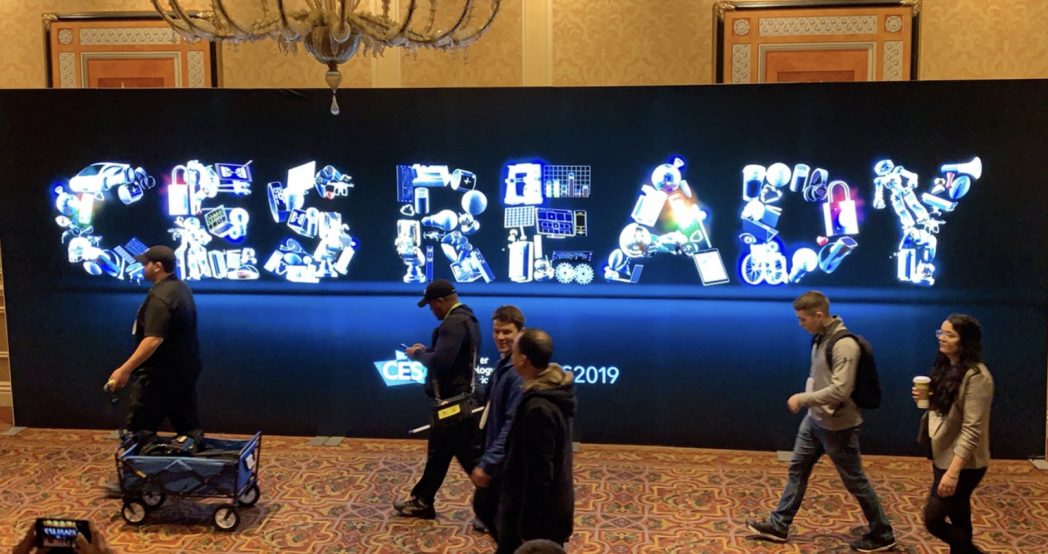I’ve just got back from the Consumer Electronics Show (CES) in Vegas, where 180,000+ techies descend on the Strip for an annual update on all things tech. I was there for the Digital Health Summit, but made sure to also spend time on the show floor to get a feel for the key general trends as they also reference where health tech is heading. With hundreds of thousands of products spread across multiple locations, I tend to stay focused on the areas that relate most closely to health and well being, and leave the fold up tvs, gaming, auto coverage etc etc etc to those better qualified to speak on those topics.
My first observation was that sleep tech is at peak hype cycle. Last time I was at CES the show floor in the home/wellness pavilion was dominated by smart watches. Four years on the smart watch market has consolidated enormously, and it’s now all about sleep and how to get more and make it better quality.

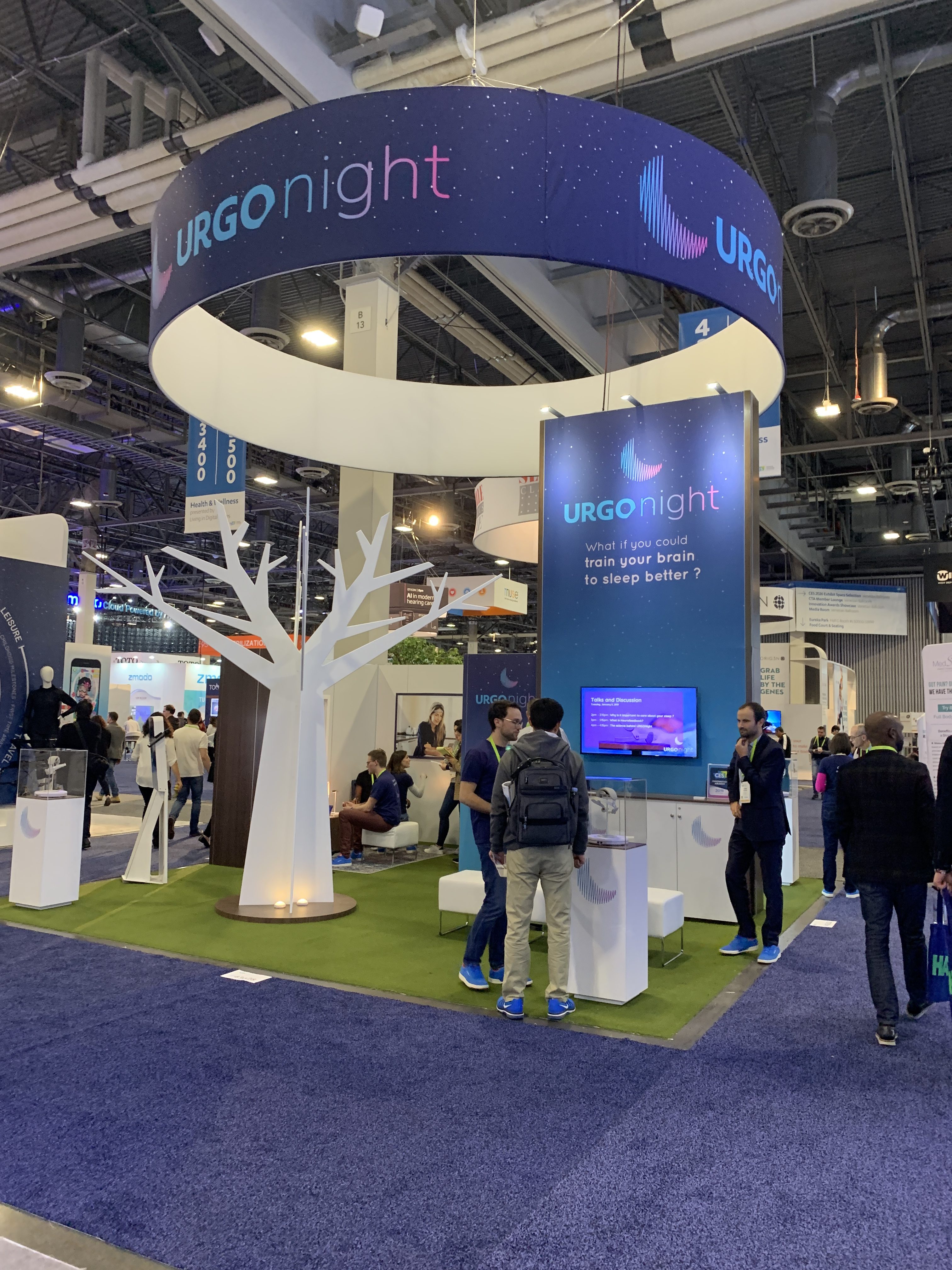

Google Home and Alexa connected devices were EVERYWHERE. Practically everything in the home section connected to one or both of them. The amount of data this allows Google and Amazon to collect on people’s everyday behaviour is extraordinary – and definitely made me wonder what genie are we letting out of the bottle here?
There were a myriad of home security options which could be programmed to recognise the faces of people you allow access to your home. All very convenient, but when those devices are connected to Alexa and Google Home where do those facial identies end up, and what are the potential ramifications?


Even your pets can be captured, with facial recognition enabled dog and cat food dispensers.

I also often found myself wondering whether just because something can be digitised does it really need to be? Does a juicer need to be digital and connected to a recipe database, or is that actually going to make the relatively simple process of making a juice take more time for no real benefit? I can see the value for commercial juice chains who want to quantify ingredient use and standardise product output, but for in home use it’s not something that I personally equate value to.

Equally do I need to manage the settings on my clothes dryer remotely from my Apple Watch?

Or control my shower (or ‘body caring system’) via a wall mounted touchscreen rather than just turning on a tap.
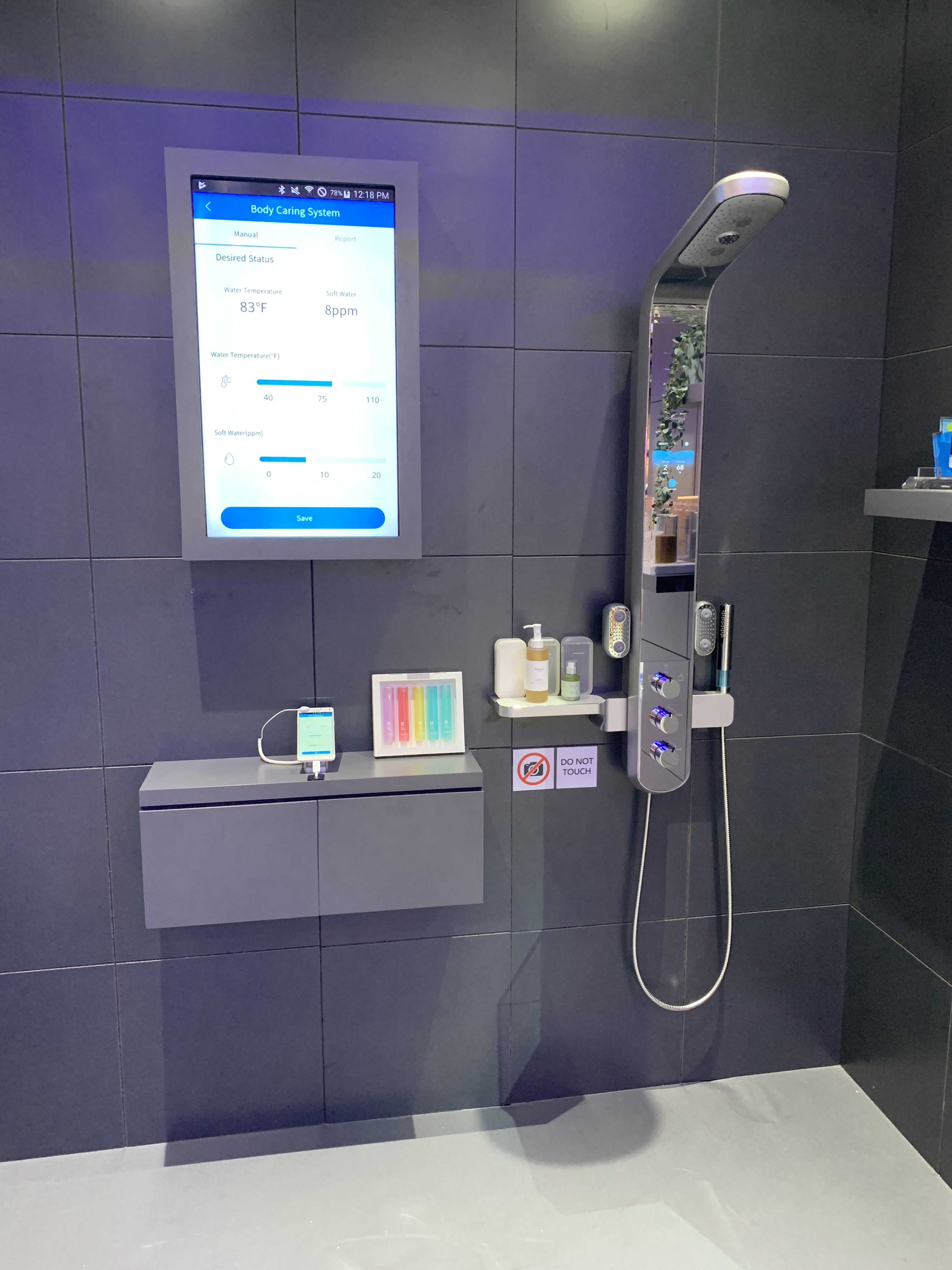
I might not need to remotely control my clothes dryer, but Stuart and Sam had sent me in search of the clothes folding machine, and the overwhelming positive response not just from them but on Instagram suggest it is laundry tech that definitely has merit! Sadly this is just a prototype and it’s not scheduled for release until late 2019 so it looks like they’re stuck folding their own T-shirt’s for a while to come.

With bricks and mortar retail increasingly under threat from online stores, there was some great tech focused on creating digitised instore retail experiences. I could be biased as I’ve used SKII products for many years, but they had a fantastic skin diagnostic experience where you activated your skin scan via a chipped wrist band to get the low down on what shape your skin is in. When you moved to a retail counter, one tap of the same wristband brought up all of the potential product recommendations, which you could add to a virtual basket and collect on the spot, or ship straight to your home. Much more engaging than a traditional beauty counter in a department store.
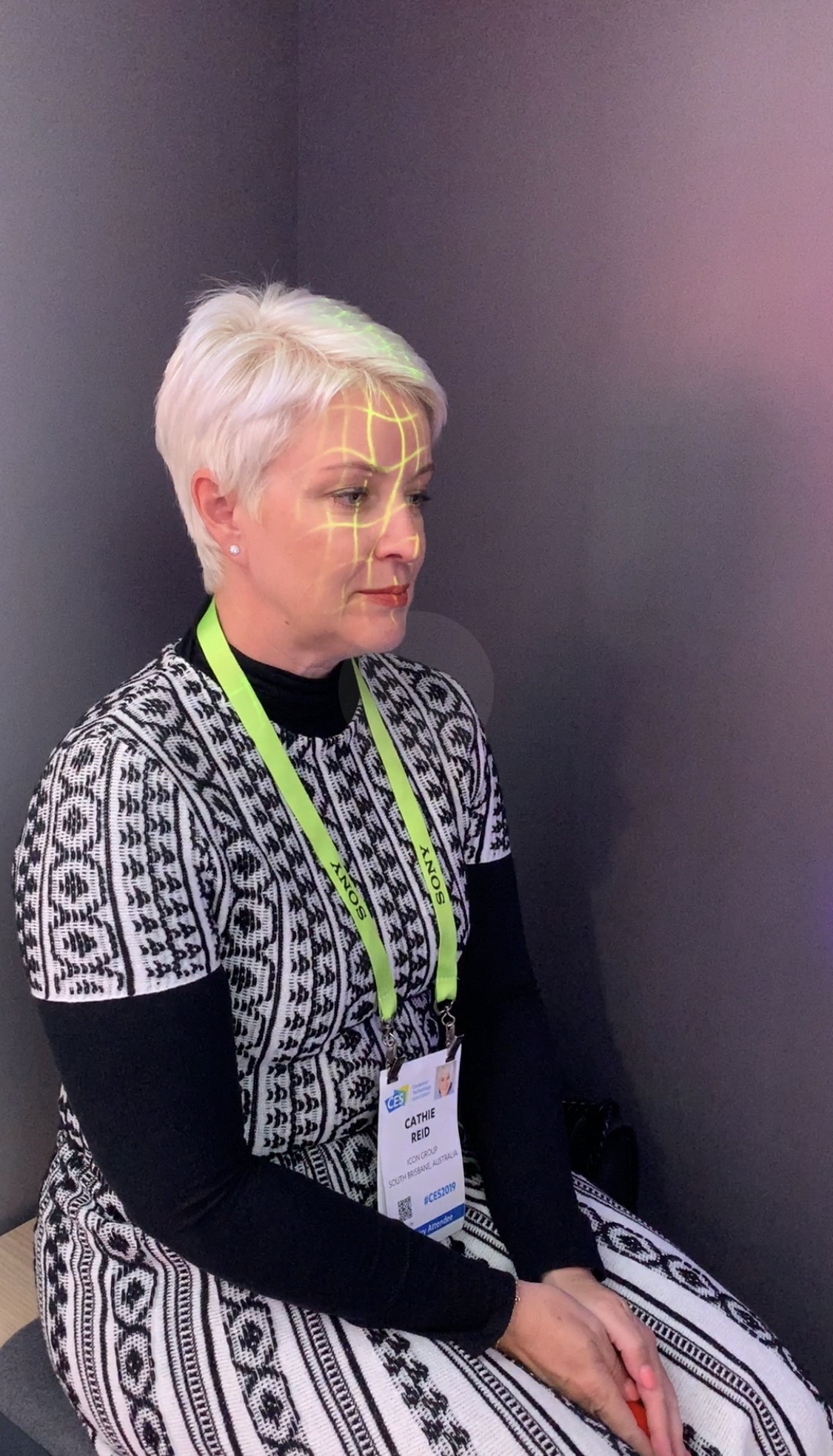
It’s also fascinating to see the new businesses that evolve as markets are disrupted. The shift to online retail has led to a massive increase in the number of parcels delivered, which has created new opportunities in managing how parcels are delivered safely and securely. Parcel theft is an increasing issue in the US, and there were a number of products there addressing this – everything from smart parcel boxes for homes,

Through to using your car as a parcel delivery option!

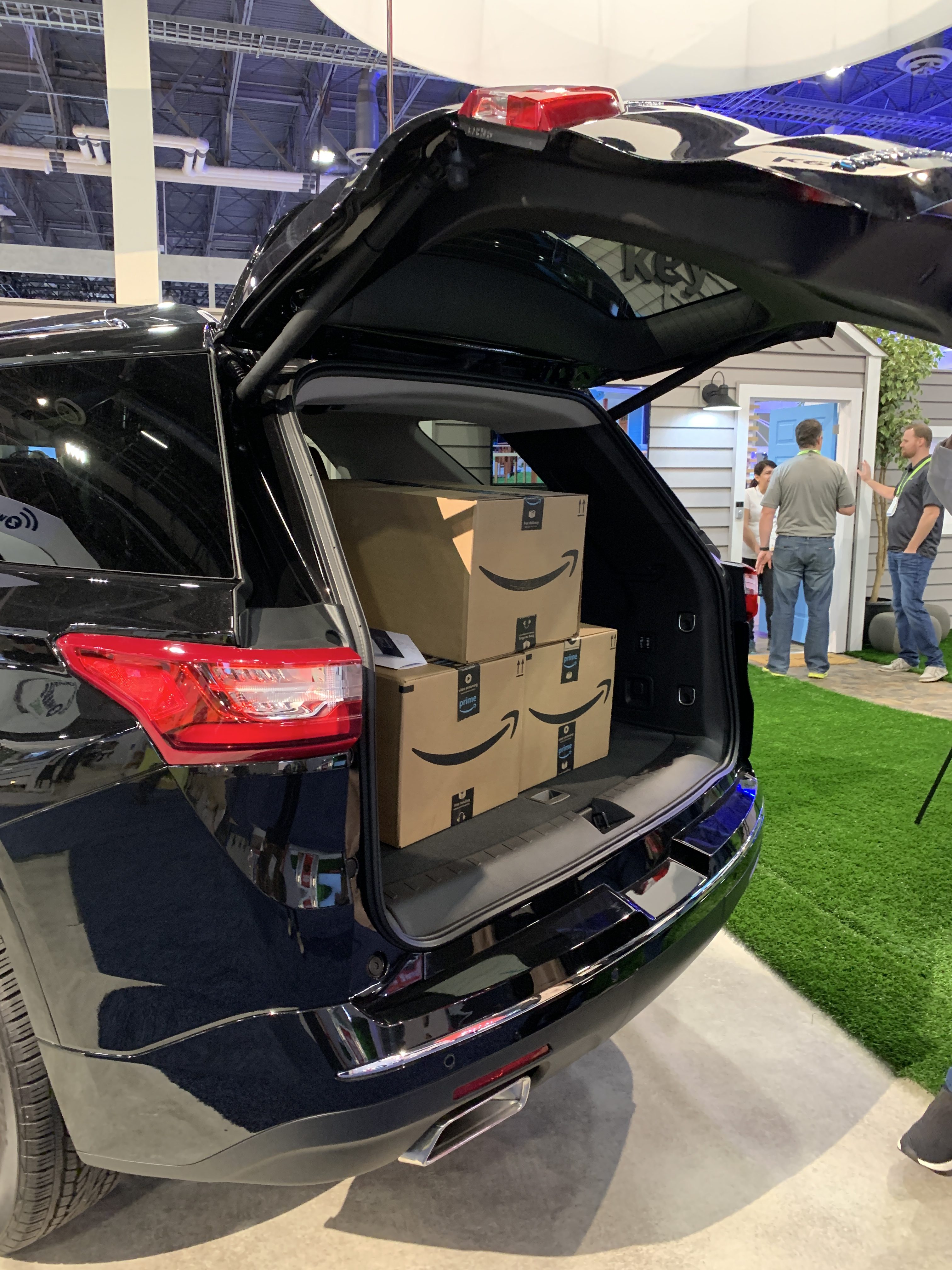
Not all of the innovation I saw involved technology though. With sitting deemed as the new smoking, a simple instability chair turned sitting at your desk into a workout by engaging your core every time you sit down. And just when you got used to it and could balance comfortably, you can increase the inflation to amp up the level of difficulty.

A fascinating walk through that provided plenty of thought stimulation for the days ahead at the Digital Health Summit, more on that to follow.
